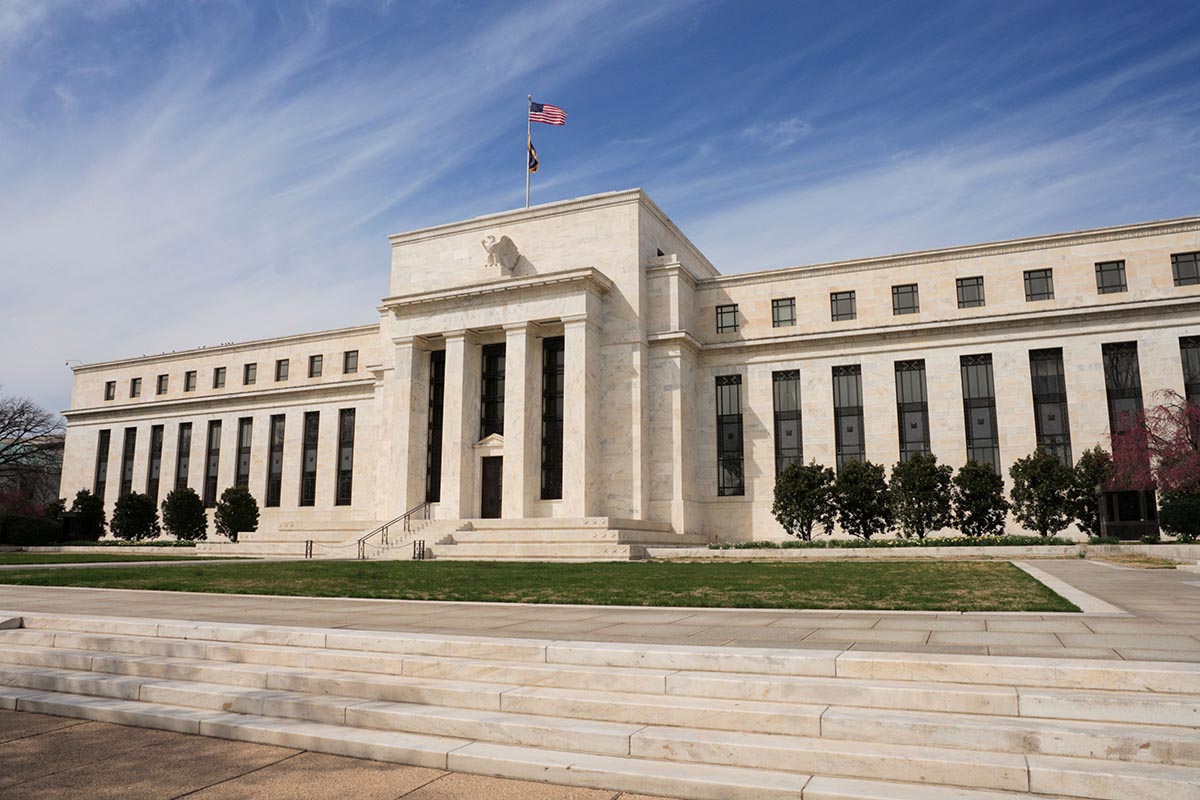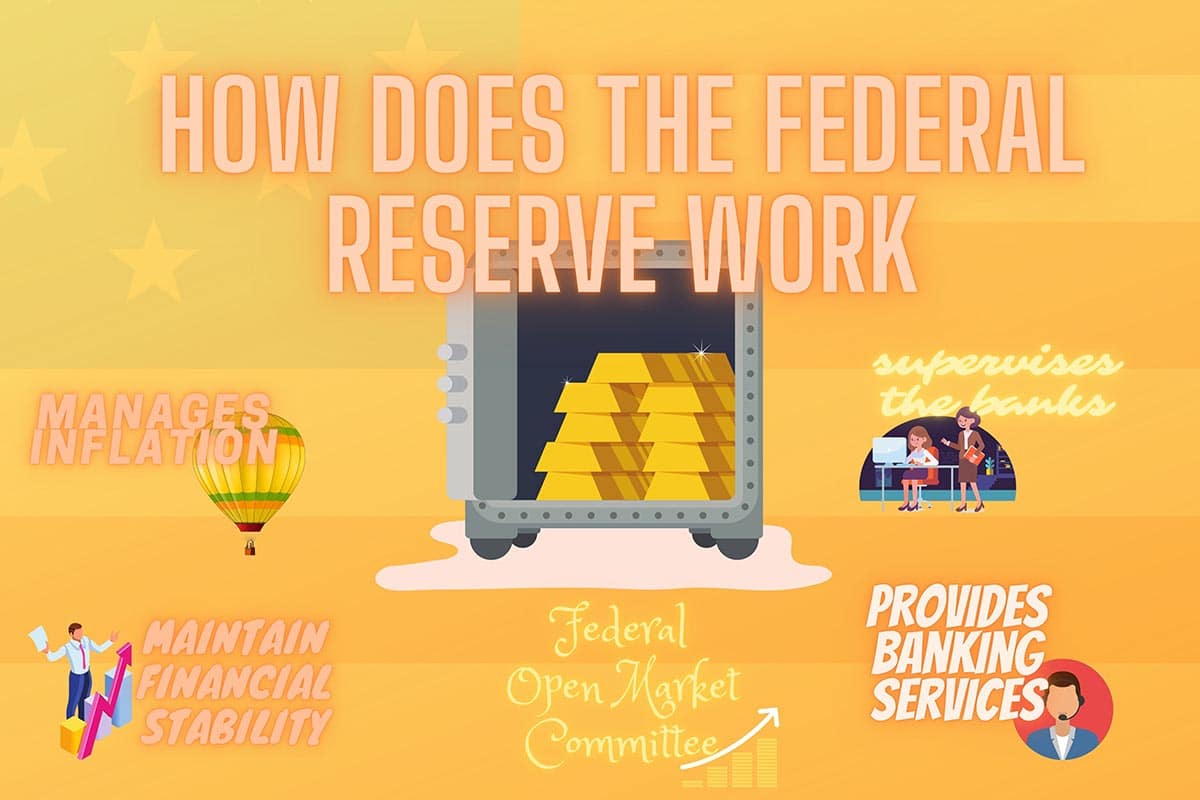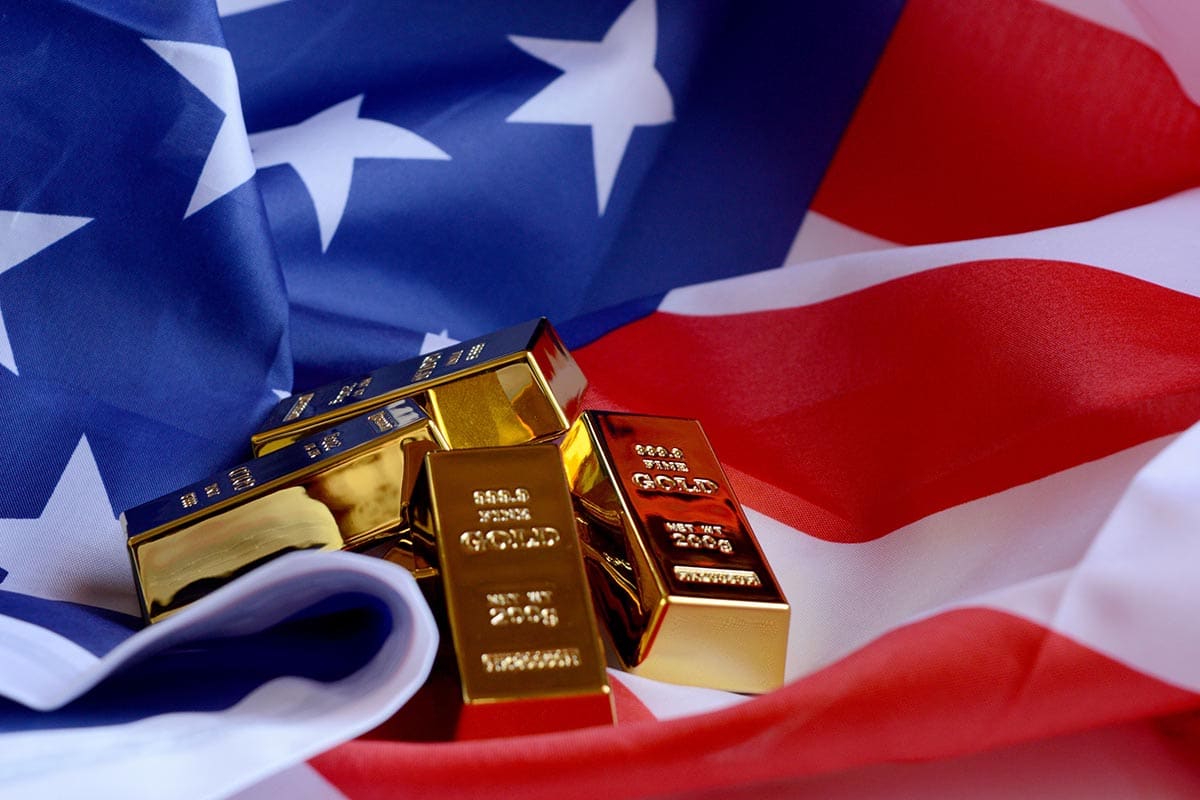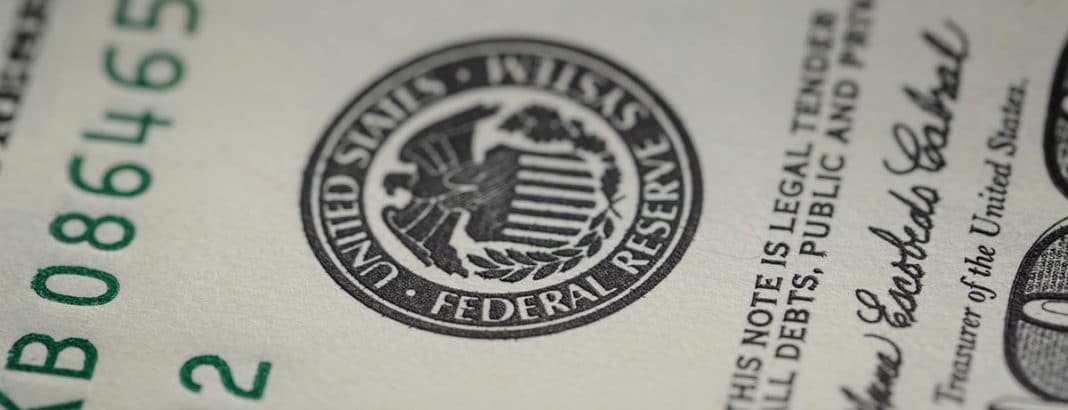The Federal Reserve System (FRS), AKA “the Fed,” is the central bank of the U.S. & perhaps the most dominant financial establishment in the world. The Fed exists only to administer the country with a safe, resilient, and steady monetary and soundness of individual financial institutions. While the Federal Reserve & U.S Treasury are separate entities, they work closely together. The Fed consists of 12 regional Federal Reserve Banks, each accountable for a particular geographic area of the states. The Fed is the primary regulator of the country’s financial matters, has given the power to take whatever suitable measures to keep the system’s financial stability.

What Is The Federal Reserve?
The Federal Reserve System is the central bank of the United States and provides the nation with its monetary policy, interest rate target, and financial stability guidelines. It works to maintain a stable economy, regulates other U.S. banks, sets our nation’s monetary policy, protects our financial system and the health and well-being of all Americans, and ensures our national security, economic stability, and economic growth. The Federal Reserve’s purpose is to regulate banks, manage the country’s money supply, implement monetary policy, and promote financial stability.
The Fed consists of the Board of Governors and the Federal Open Market Committee (FOMC), which sets the interest rates set by its chairman, the Fed’s monetary policy, and its interest rate target. The Federal Reserve System consists of general oversight by the Board of Governors, supervises the 12 Federal Reserve Banks, and provides general guidelines to the Federal Government, the U.S. Treasury, and other federal agencies.
The System
The Federal Reserve System consists of the Federal Deposit Insurance Corporation (FDIC), the U.S. Treasury Department, and the Bank for International Settlements (USBIS). The Federal Reserve is the central bank, the monetary authority (the Federal Reserve Board of Governors or the Federal Reserve Board), and several private banks.
How Does The Federal Reserve Work?
The Fed is an ‘independent within Government’ rather than ‘independent of Government, which means its policies & decisions don’t need any approval from the Government or the President himself. However, it still has some boundaries and must work while maintaining the core of the govt’s economic and monetary policy aims. One of the foremost duties set out in The Fed’s—charter is managing the total outstanding supply of U.S. dollars & dollar replacements. In simple words, The Fed is responsible for generating or slaughtering billions of dollars bills every day. (Fun Fact: The Fed must eliminate currency (physical) if it’s damaged or loses its standard of quality.)
The Tasks Of The Federal Reserve
The tasks have expanded over the years, including managing the country’s monetary policy, supervising and regulating banking institutions, maintaining the financial system’s stability, and providing financial services. The Fed includes 12 regional Federal Reserve banks, which handle much of its day-to-day operations. The Federal Deposit Insurance Corporation (FDIC), the U.S. Securities and Exchange Commission (SEC), and other government agencies. In addition to the Board of Governors, a group of financial leaders who work at the Federal Reserve, the Fed’s Board, also led by a board of directors, the Federal Reserve Board decides how much money banks can charge for loans known as the interest rate. It can raise or lower the benchmark interest rate – the rate at which financial institutions holding deposits can borrow and lend and whether they hold others with a central bank.
The Structure
Seven members of presidentially selected governors lead the Fed and, as mentioned above, have 12 regional Branches operated by their respective presidents. Each branch is responsible for its geographic division of the U.S. The units are in the following states/City:
- New York
- Cleveland
- Atlanta
- Boston
- Philadelphia
- Dallas
- Kansas City
- San Francisco
- Minneapolis
- St. Louis
- Chicago
- Richmond
Banks must hold their own money in accounts with the Federal Reserve, but the Fed can exercise its authority to require commercial banks to maintain their reserve accounts with one of its banks across the country. The Fed directly controls the money base that makes up the money supply of banks and other financial institutions in the United States, and it determines the interest rate that banks pay to borrow. If it wants to speed up the economy, it will lower interest rates so that banks have less incentive to hold money, as noted in its remarks.
Does The Fed Print Money?
Although the Federal Reserve does not print money, it does, as it noted, place orders based on the demand it expects at home and abroad. This type of monetary policy, which she calls “monetary policy,” is “like a car” that forgets to leave and gives you a jump when you get it going again.
The Board Of Governors
The Board of Governors supervises the Federal Reserve’s banks and helps implement the monetary policy set by the FOMC. The Fed is also the governing body for foreign banks and state-owned banks elected to become members of the Federal Reserve System. This rotating cast of governors, together with the Fed’s Board of Governors, forms the Board’s decision-making basis – and thus the process of creating and implementing monetary policy. Although depositories maintain balances, they do not affect the economy in any way.
Why Was The Fed Created?
U.S. Congress founded the Fed in 1913. Repeated financial crashes that tormented the U.S. economy over the past century sped its creation, commencing severe economic disorders due to bank failures and business insolvencies. Another disaster in 1907 began to appeal for an organization or institution that would avert such significant panics and agitations.
Since the existence, The Fed maintained its duties & well-being of the overall banking system & had proven itself to be a much-needed Hero of the times. And in the current era, when local banks go broke or crash, The Fed is the ultimate resort to inquire help and borrow money.
Duties Of The Fed:
Primary duties & responsibilities of The Fed includes the following:
- Conduct national monetary policy by controlling monetary and credit conditions in the U.S. economy to assure maximum employment, stable prices, and reasonable long-term interest rates.
- Maintain the overall financial system’s stability and bearing systemic jeopardy.
- Supervise & regulate banking systems to assure the safety of the U.S. banking and financial practice and preserve the consumers’ credit rights.
- Provide financial assistance, including a focal role in influencing the national payments system, foreign official institutions, the Government, and the depository businesses.
Where Does The FED Get Its Money?
The Fed makes money. But while the Fed can create money out of thin air, it doesn’t indicate it is trouble-free or has no consequences. The Fed still has to avoid economy upsetting elements like Inflation, etc. But despite having premium authority over the printing press for Dollar Bills, the modern Fed no longer needs to make new paper bills off machines. Although a small mass of Dollar Bills printing still occurs. However, the vast section of the U.S money supply has improvised the flow by shifting to digital debit credits to significant banks. The actual printing of Dollar Bills is only needed when the bank lends out these dividends to the broader marketplace and economy. But the fundamental question is, where does the fed get its money?

The Different “Income Streams” Of The FED
You can hunt the simple answer to this question from The Fed’s official website, which says that the Fed’s income is acquired mainly from the interest on The U.S. Government contracts received through Open Market Operations (OMO). Other sources include the interest/profits in Foreign Currency Operations (FCO) retained by the system, i.e., fees charged for services such as fund transfers, cheque clearings, etc. & interest on loans depository organizations. After favoring its expenses, the Fed then gives the rest of its earnings to the U.S Treasury. In 2015, the Fed made a net income of 100.2 billion dollars & transferred 97.7 billion dollars to the U.S. Treasury.
(Curious Fact: It seems arduous to record the exact volume of money in the economy since you can define many objects as money. Paper bills & metal coins are money, and bank accounts (saving & others) represent direct and liquid money dividends. Still, money market funds, short-term notes, and other reserves are also accountable for the exact amount of money. Nevertheless, The Fed can approximate the money supply.)
Who Profits From The Federal Reserve?
The Aims
The Fed was created to counter-measure against the monopoly of banking institutes to dominate and manipulate the U.S Financial system to benefit a few of the business colossi of the time.
The Fed’s most prominent & vital role is balancing the interest rates, compensate for U.S. Treasuries, bonds, & other securities issued by the U.S. Treasury. The Federal Reserve System blazoned changes directly impact all different lending rates for consumers plus markets. By promoting or demoting lending and borrowing, the Fed aims to keep the economy in a warm stable position, i.e., by heating a lukewarm economy or cooling down a red-hot economy. The accurate balance helps keep the Inflation rate and unemployment rate under stability and control.
The Profiteers
The Fed also manages & coordinates all the banks operating in the U.S., circling the ultimate goal, i.e., to make sure that the lenders & borrowers have feasible access to money & credit.
Long story short, nobody (Other than the U.S Treasury) profits from its operations since nobody owns it. The Fed is a not-for-profit entity that provides services to American financial institutions on behalf of the U.S. government. However, it is pivotal to recognize that its plans intend to improve the economy and benefit the nation’s greater good. Theoretically, it should always remain unbiased by any political leanings, endeavoring just for generally easing the public interest.

The Bottom Line
The Federal Reserve acts as the U.S. central bank, fulfilling its duties to maintain an effective and reliable payment system, supervise and regulate banking operations, and establish monetary policy. In addition to the central authority (the Board of Governors, based in Washington, D.C.), there are 12 Federal Reserve Banks in the United States, each with its own rules and regulations and several private banks. The Federal Reserve Banking System (or the “Fed Reserve Banking System”) is one of the world’s largest and most important banking systems. A Federal Reserve Bank in New York is the first of 12 regional “reserve banks” that, together with the Federal Deposit Insurance Corporation (FDIC) and the Bank for International Settlements (USBIS), form the Fed’s reserve system.




